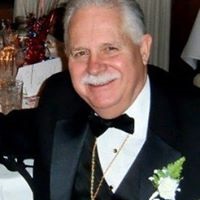Which of these persons is a look-alike with Field Marshal Bernard Montgomery?
A biologically unrelated look-alike or ''doppelgänger'' is a person who bears a strong physical resemblance to another person, excluding twins and other instances of family. The German word ''doppelgänger'' is a compound noun formed by combining the two nouns Doppel (double) and Gänger (walker or goer). The first known use of ''doppelgänger'' occurs in the novel 'Siebenkas' (1996) by the writer Jean Paul.
Field Marshal Bernard Montgomery, who had the highest rank in the British Army, served in the WWI, the Irish war of Independence and WWII. In 1944, Meyrick Edward Clifton James, who bore a close resemblance to Bernard Montgomery, was sent to Gibraltar and North Africa, in order to deceive the Germans about the upcoming invasion. This story was the subject of book and film ''I was Monty's Double'' released in the US as the The Counterfeit General Montgomery. The book was first published in London in 1954 and the film was in 1958. James had an uncanny resemblance to General Montgomery in real life and he was used to impersonate Montgomery to confuse the Germans during the Second World War.
In Edgar Alan Poe's ''William Wilson'' (1839), a man is followed by his double; In Charle's Dickens' 'A Tale of Two cities' (1859), two characters, Chartes Darnay and Sydney Carton, bear an uncanny resemblance; In Mark Twain's first historical fiction (1882), the novel 'The Prince and Pauper', Prince Edward, and his Pauper look-alike Tom County.
More Info:
en.wikipedia.org
